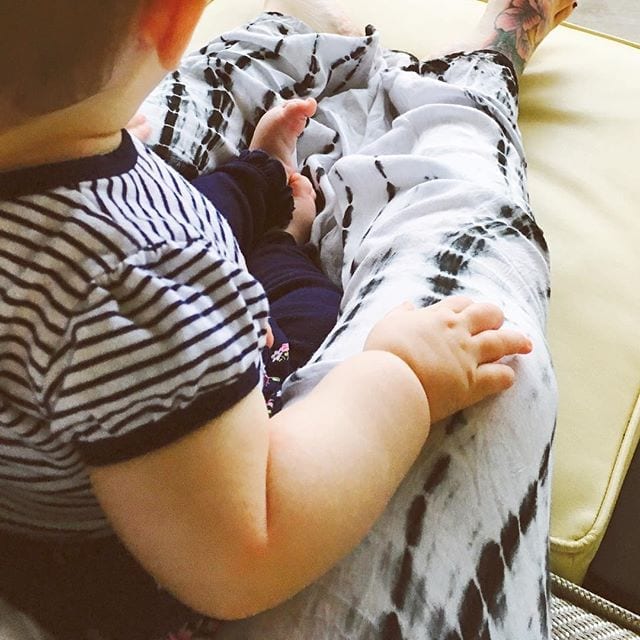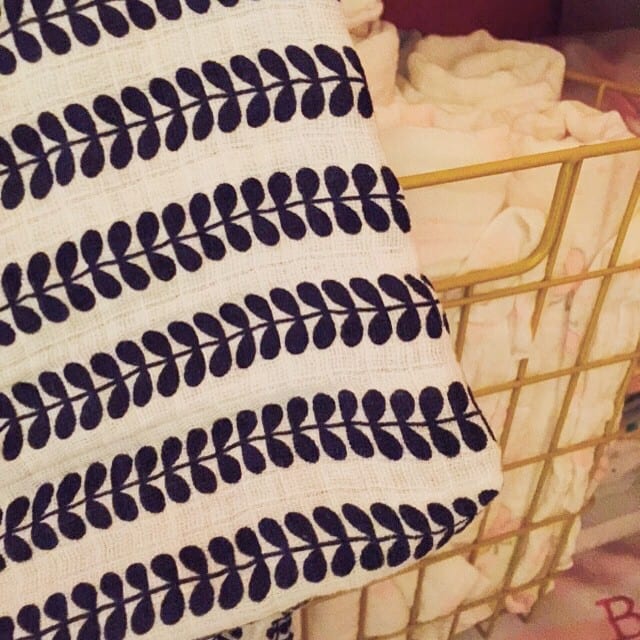Not everyone’s first experience with the bathtub is a delight. Unfortunately, some babies do not take well to baths. This is especially true of preemies, who have less body fat and cannot tolerate being even slightly cold. Much of bath time is actually about temperature management, even though we want it to be about bubbles, rubber ducks and giggles. If you can first ensure a warm environment for your baby, then you can move onto to master the other delights of bath time.
First, let’s look at some tips to help you keep baby at just the right temperature before sharing some tips to help make bath time more fun.
1. Bath Water Temperature
There’s no need to be imprecise about bath time temperatures. You can get a thermometer affordably and ensure that your baby always has a comfortable time in the tub. Most babies will be comfortable with water that is between 38°C and 37°C. We suggest you start at the higher temperature as it will drop slightly through bath time. But don’t exceed it, you don’t want to burn your baby’s skin.
One way to ensure that the water stays at this consistent temperature is to use a small baby-sized tub or to bath your child in your kitchen sink, if it is the right size and shape. Using your tub means having much more water, all along a very cold surface, which will make the water lose temperature quickly.
2. Bathroom Temperature
For many babies, it is the startling removal from the warm water into the cool air that is most distressing. Remember that when wet, the baby’s skin is cooled down by the air. Drying a baby quickly is important, but you can also ease the transition by making the bathroom warmer. Turn a space heater on in the room, or at least close the door and let some of the heat from the bath linger.
3. Skin-to-Skin or Towels
Being prepared with the towel, instead of fumbling with it, can make all the difference for your baby. Have the towel laid out. You can combine it with skin-to-skin, which can also be quite warming for your little one. This is all especially important for preemies and babies who are underweight, as they don’t have the body fat needed to help them maintain their temperature in even brief periods of cool.
4. Your Timing
Many parents want to end their child’s day with a bath, thinking of how comforting they find warm water before bed. However, if your child is having trouble enjoying the tub you may want to switch to a morning bath. That way their upset doesn’t also disturb bedtime. Some children will prefer baths in the morning and may be more pleased about it even if you haven’t changed anything but the timing.
5. Other Discomfort
There are a few other reasons that your child may find bath time uncomfortable. A newborn may simply not be used to water, and in this case all you can do is bathe them more and try to get them comfortable with it.
Children with rashes, sores, or any kind of injury may be in pain when water touches these areas. Typically, it is best to stick with sponge baths if your child has an injury and wait until it has healed to resume full bathing.
Soap may irritate your child’s skin or eyes. Use a mild soap intended for babies and take extra precautions to not get any in their eyes. If you can avoid this, you’ll have a much happier toddler at bath time too.
6. Make Bath Time Fun
Our final tip is all about making bath time more than just a hygienic routine. Bathing your child can also be a chance to have fun, develop your bond, and offer them comfort. Here are some things that you can do for babies to help make bath time more soothing or more fun:
• Talk: The sound of mommy or daddy’s voice is very soothing for newborns and can help reassure your baby that they are safe.
• Massage: Touch will help reassure your child and more specifically, gentle massage, will help them relax. During and after the bath, massage their legs, feet, arms, and hands.
• Toys: Many of your infant’s favorite toys are likely waterproof and suitable for the bath. This includes teething rings. Having a toy nearby can help soothe and engage infants.
If you are struggling to get your child used to the bath, remember that this is a whole new experience for them. Go slowly and try to comfort them, and over time they will be more and more comfortable with their bath time routine.





Leave a Comment